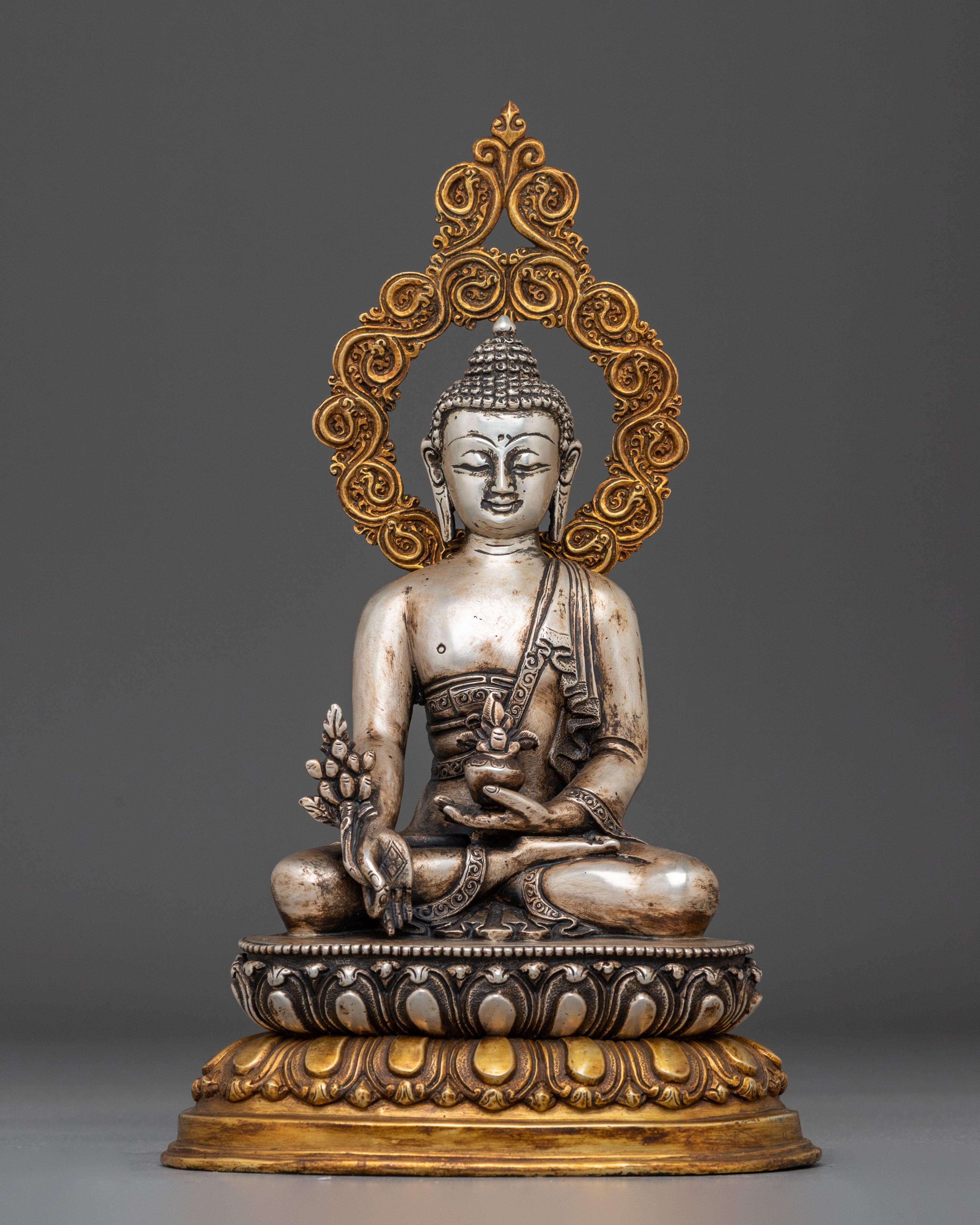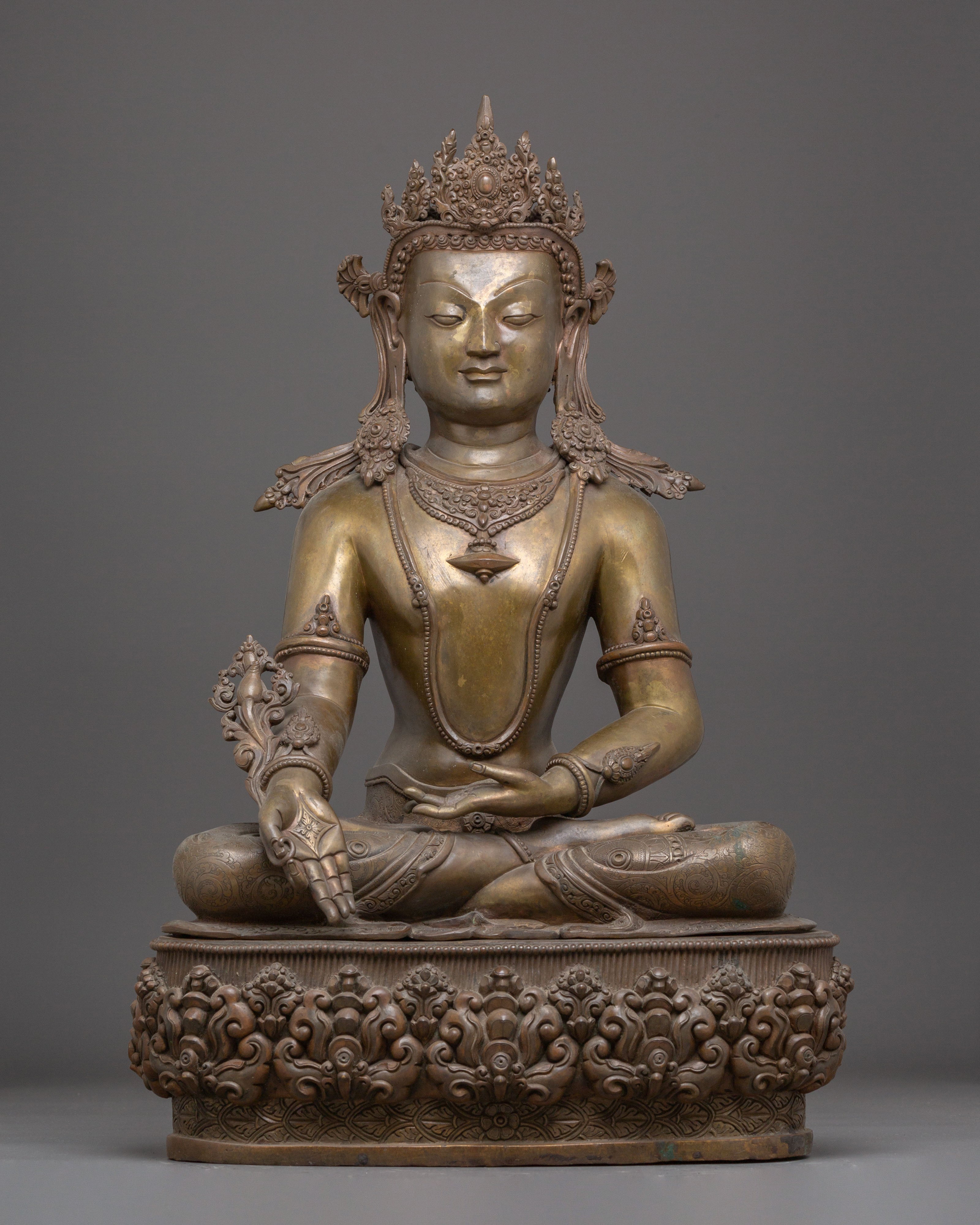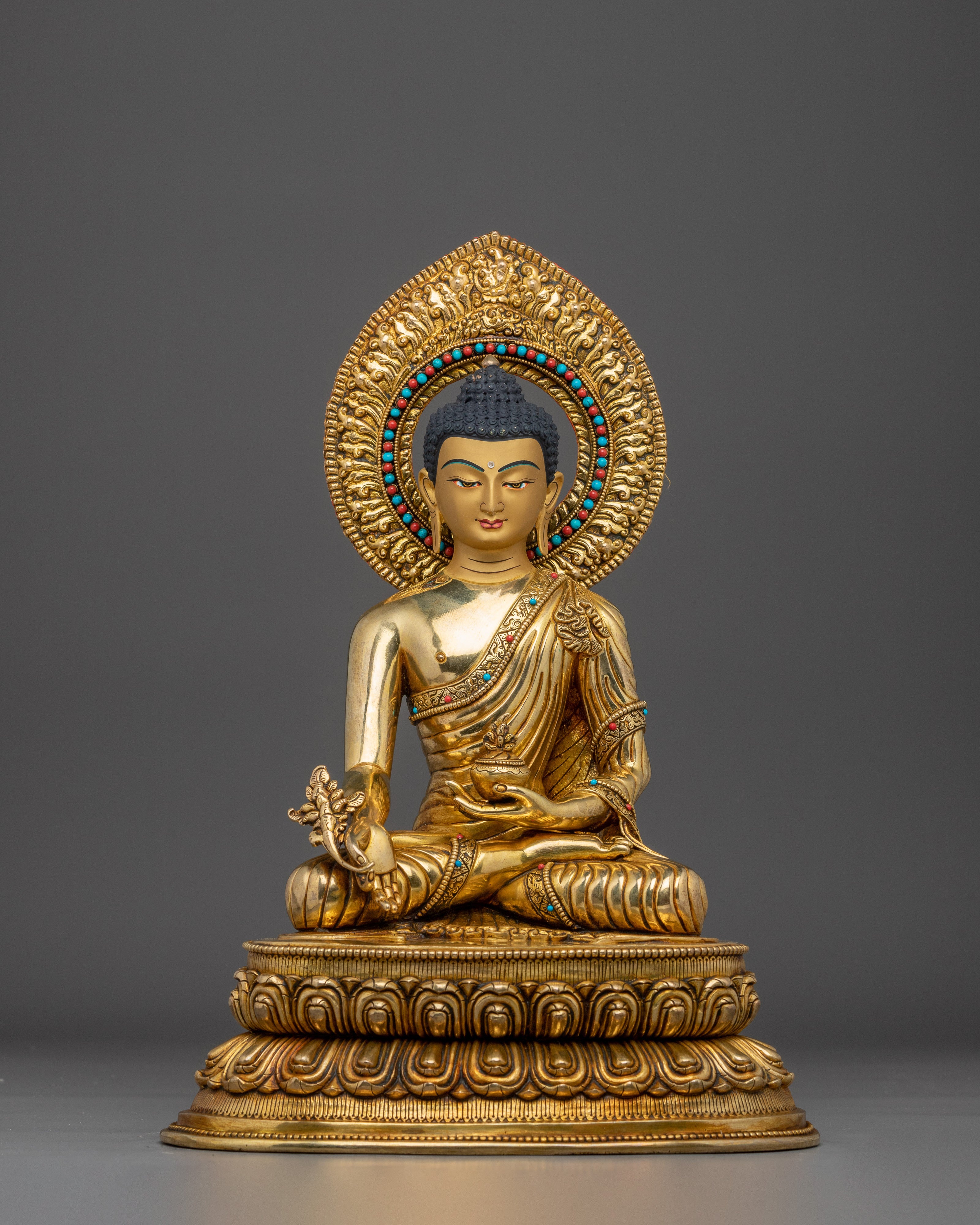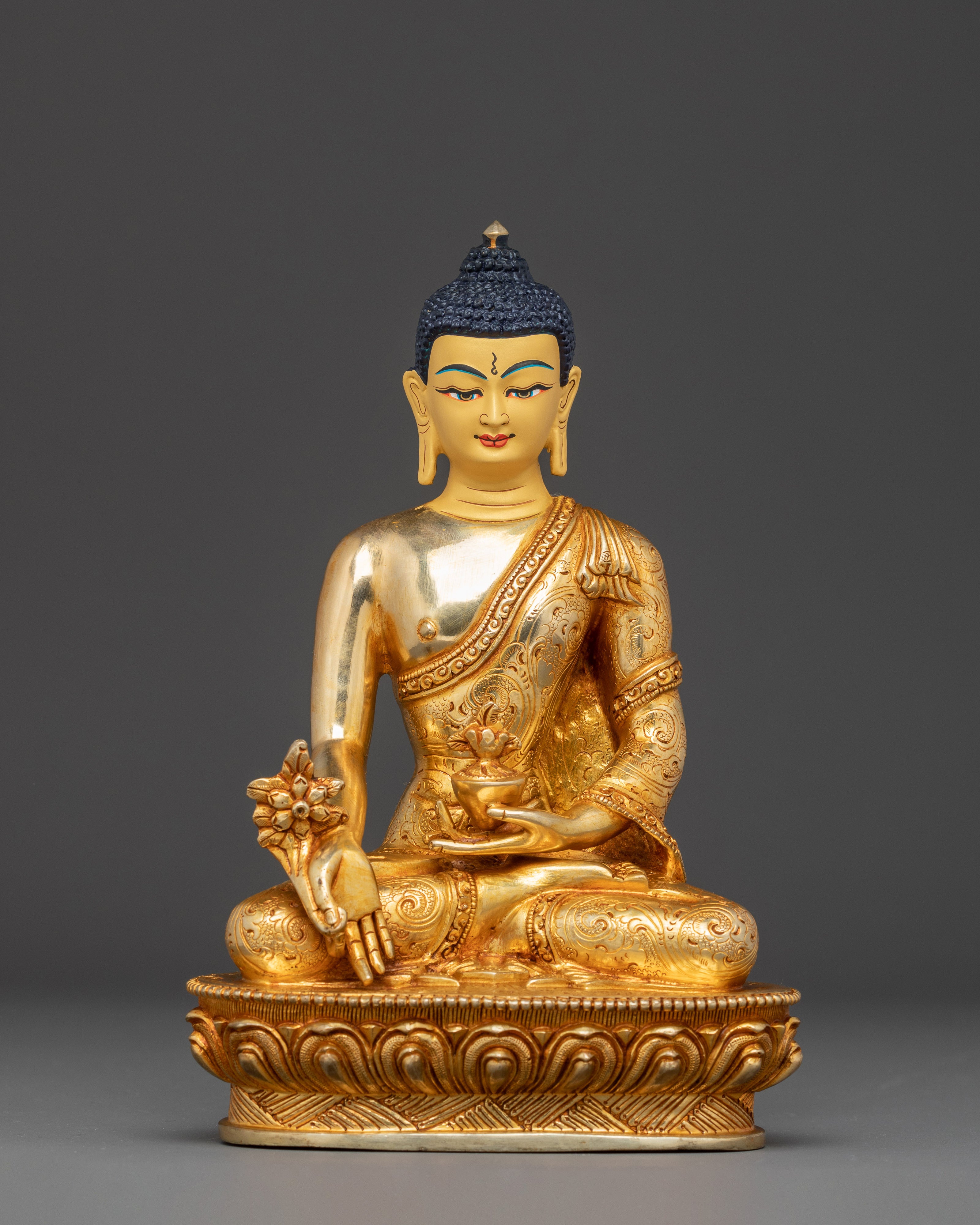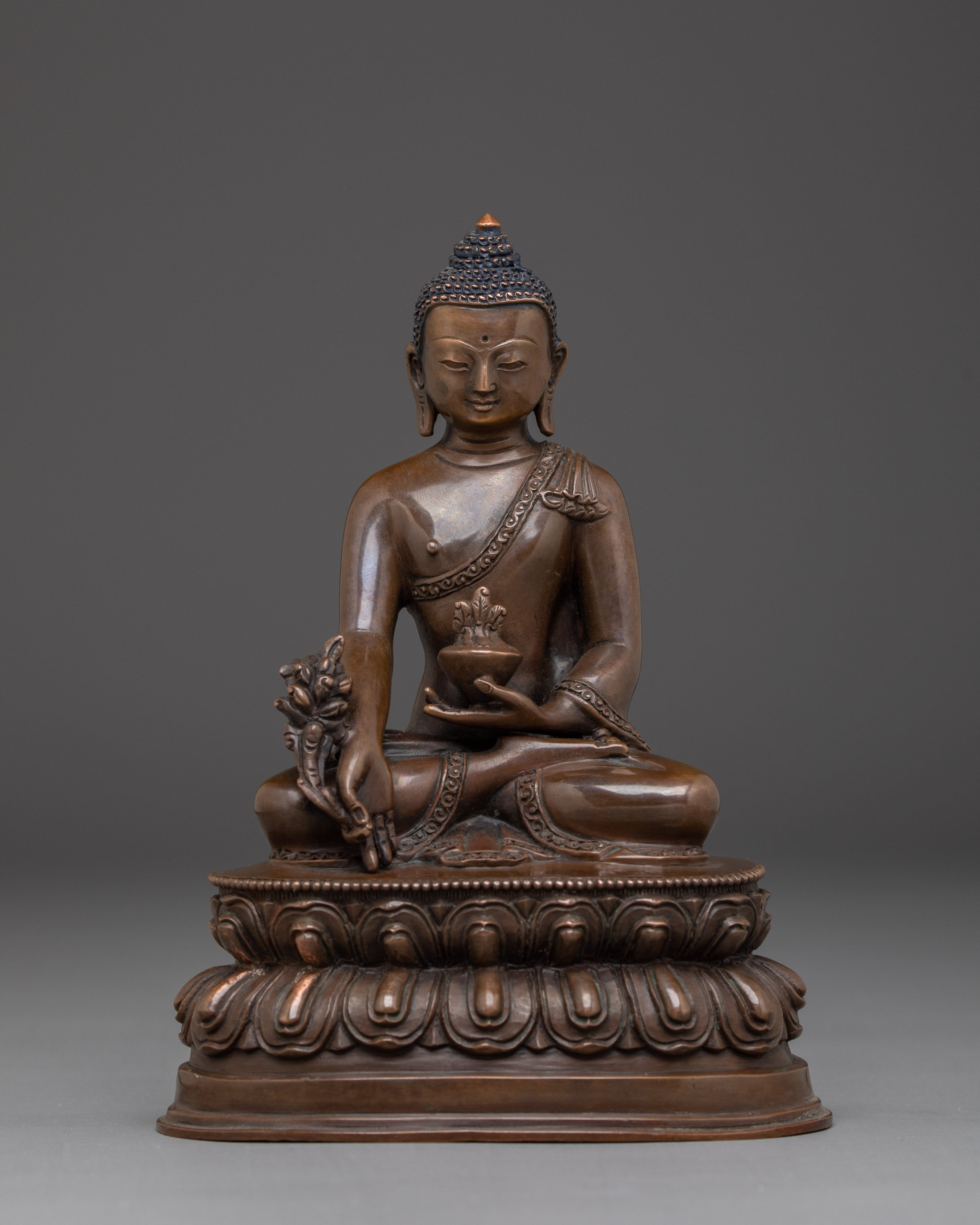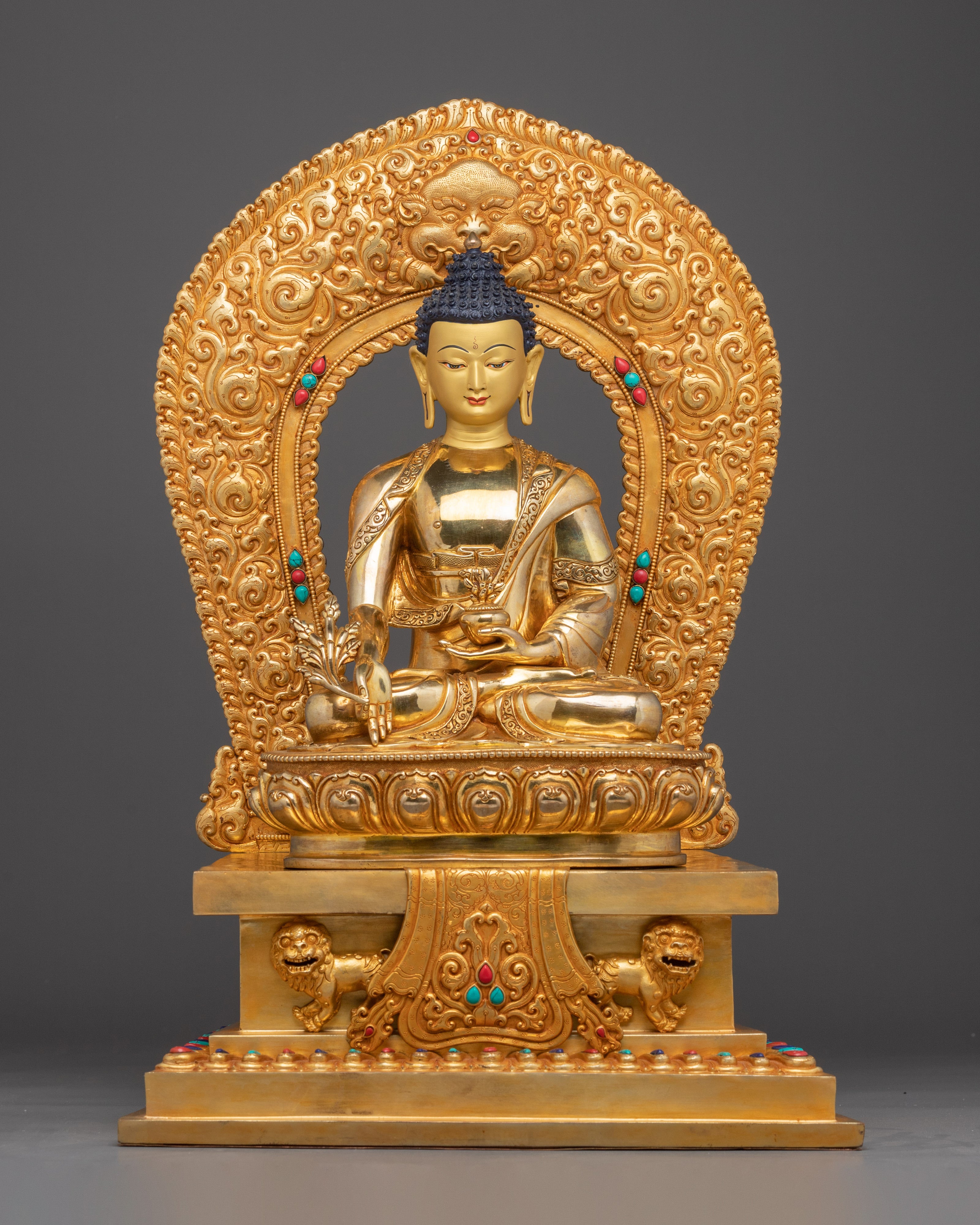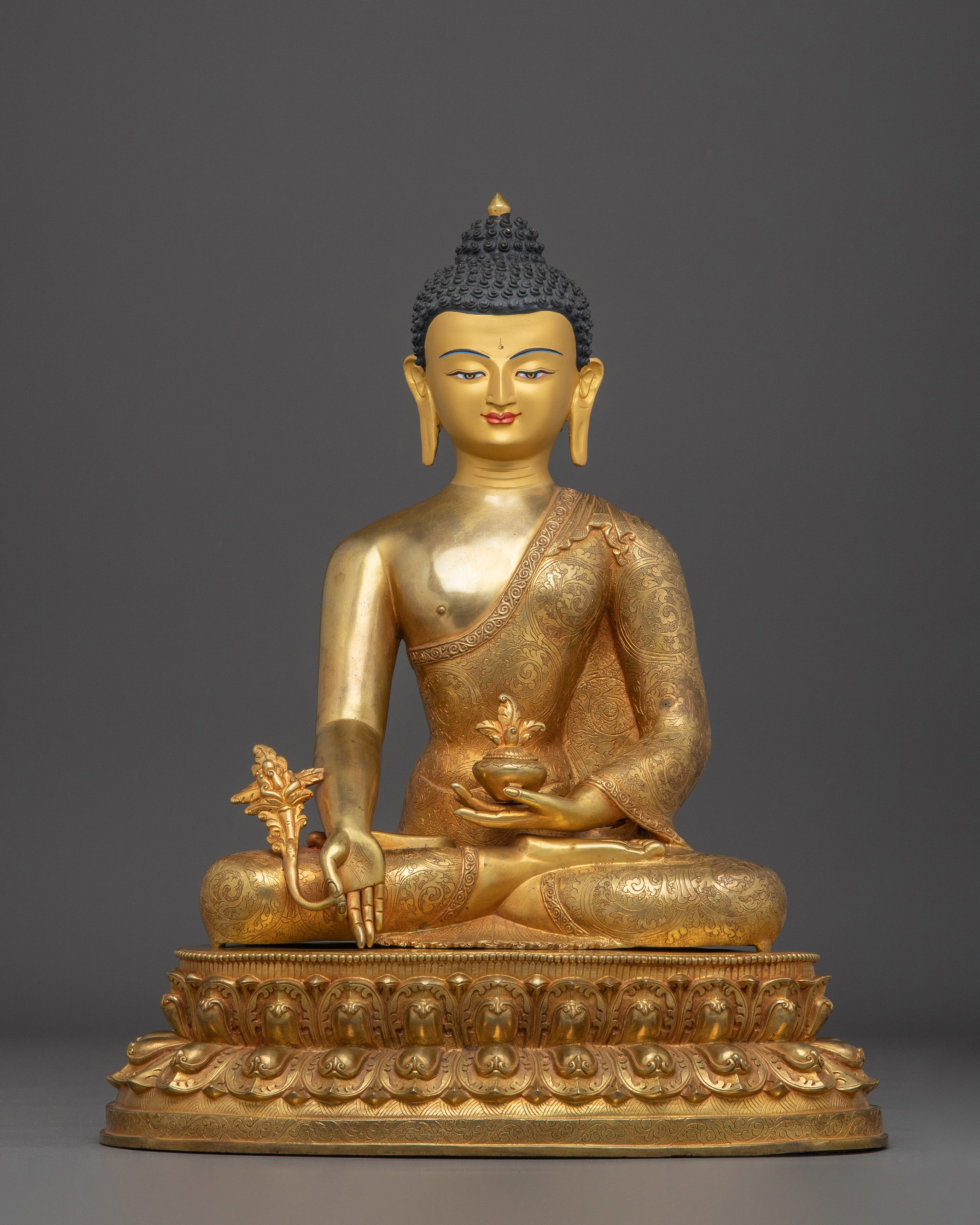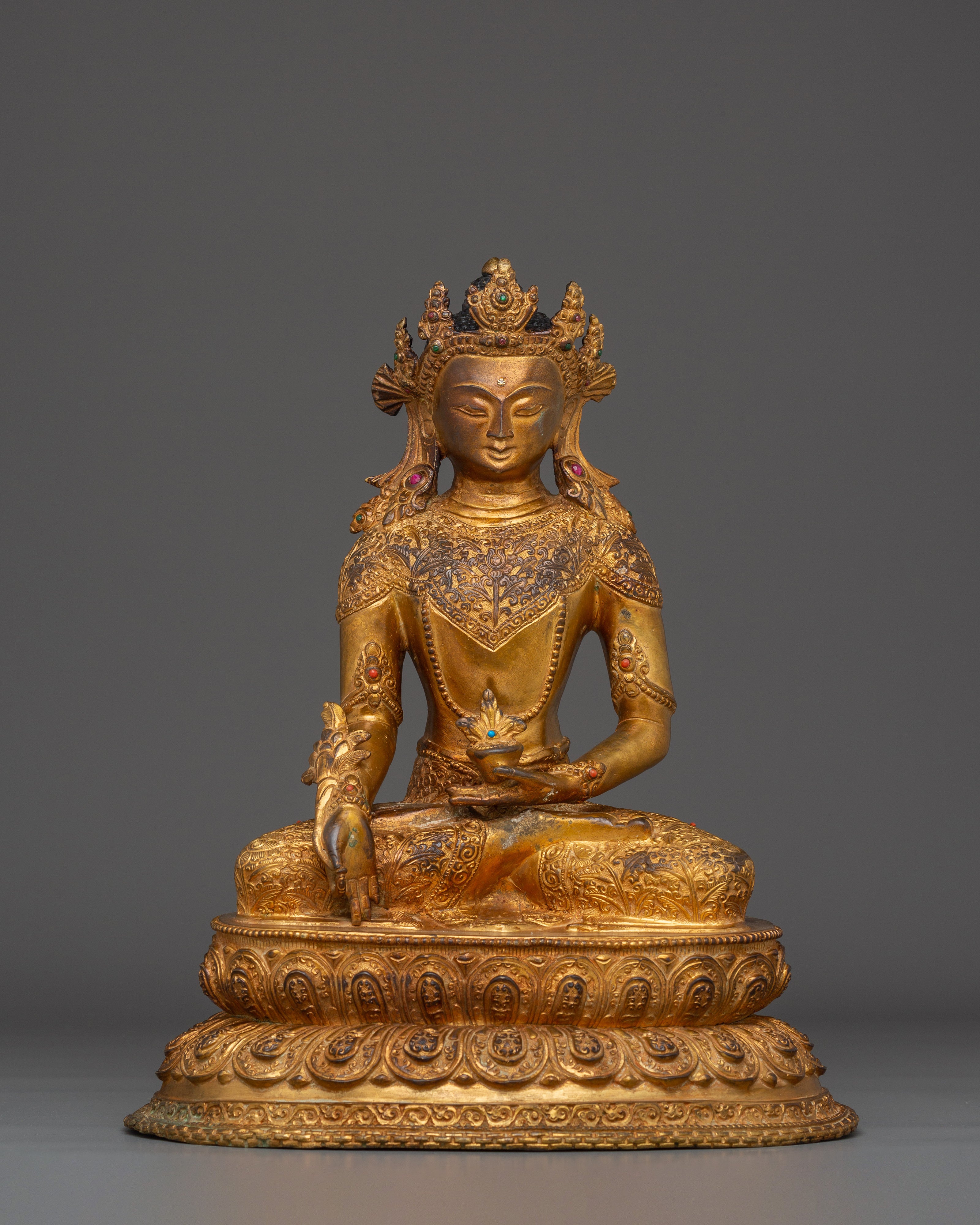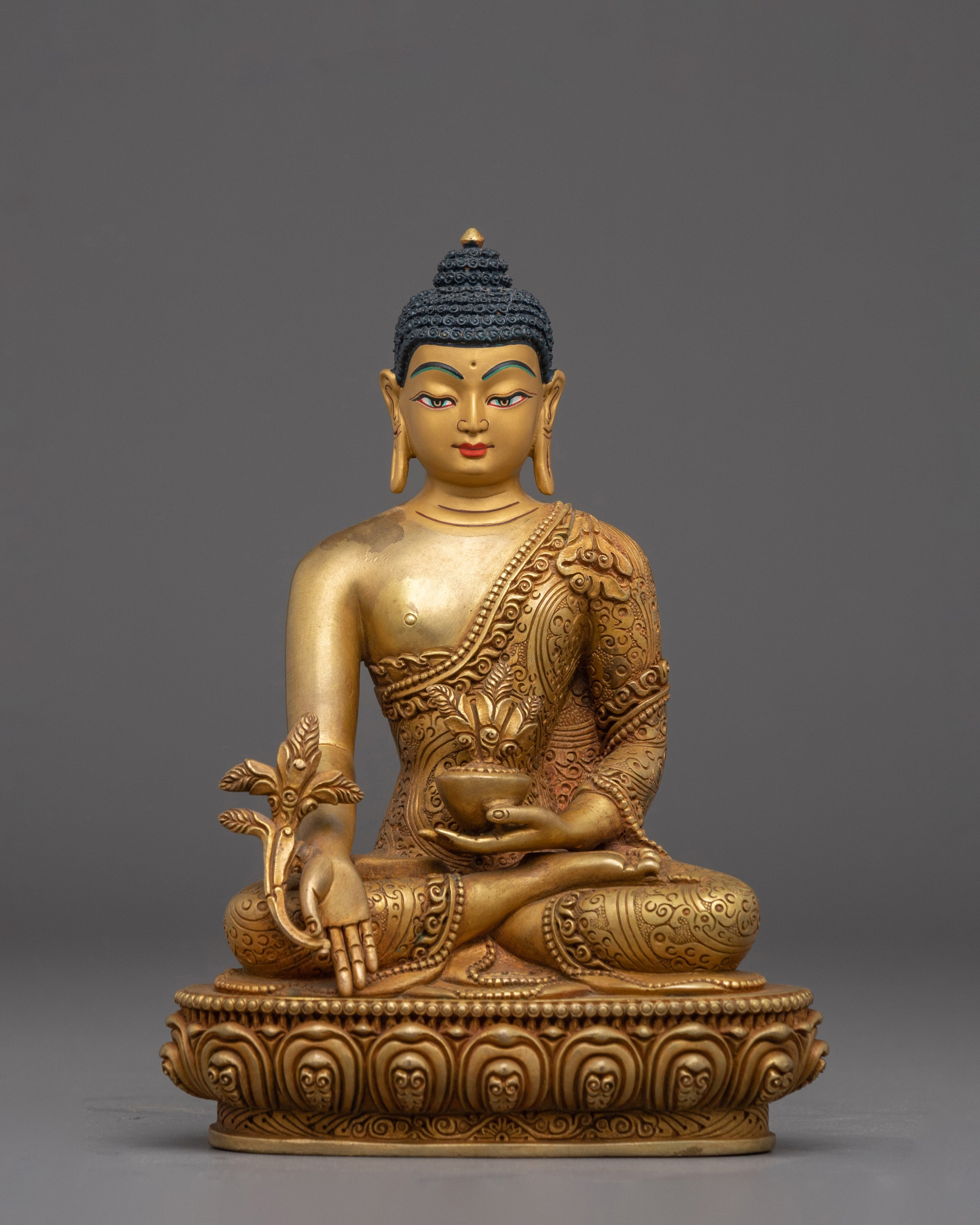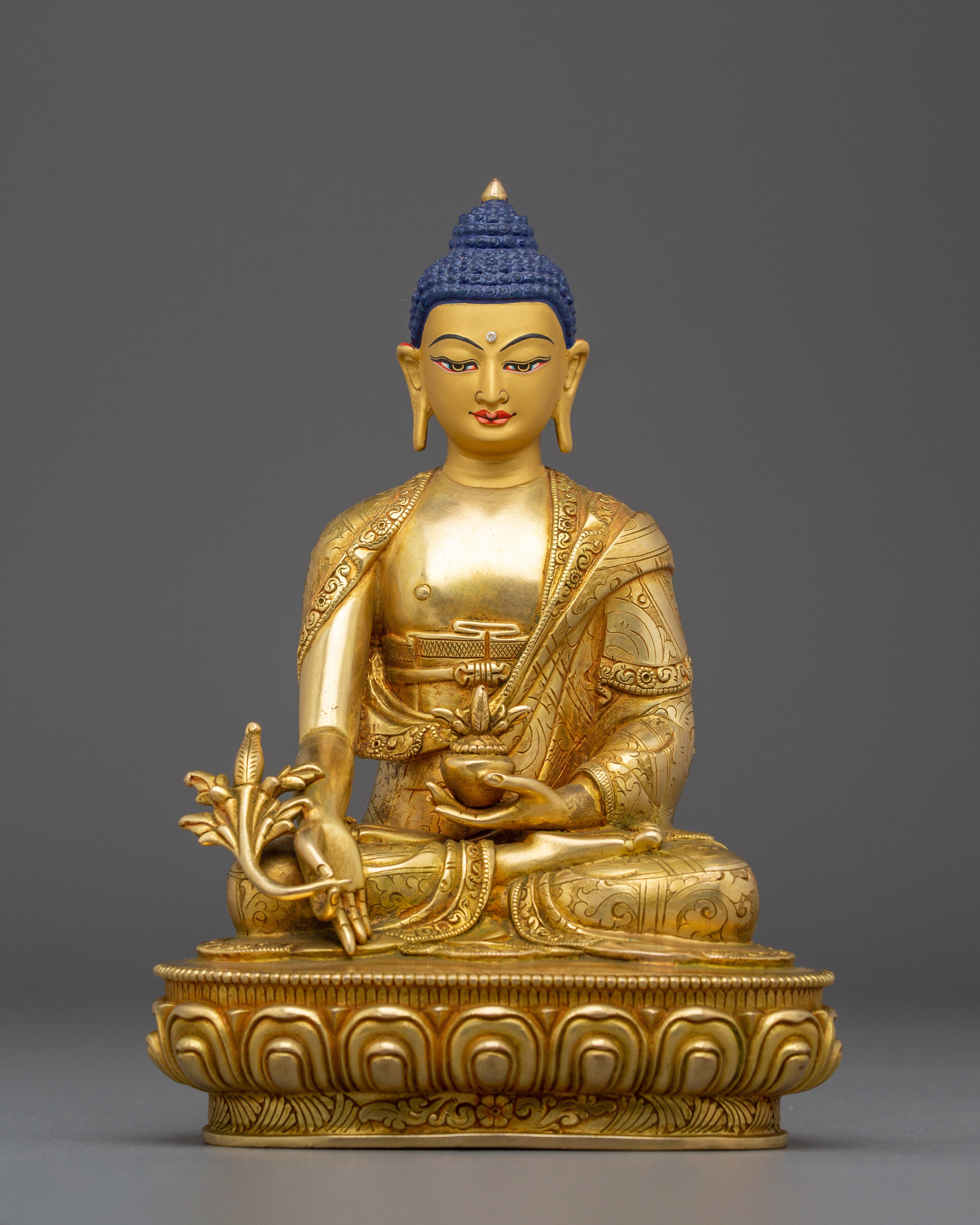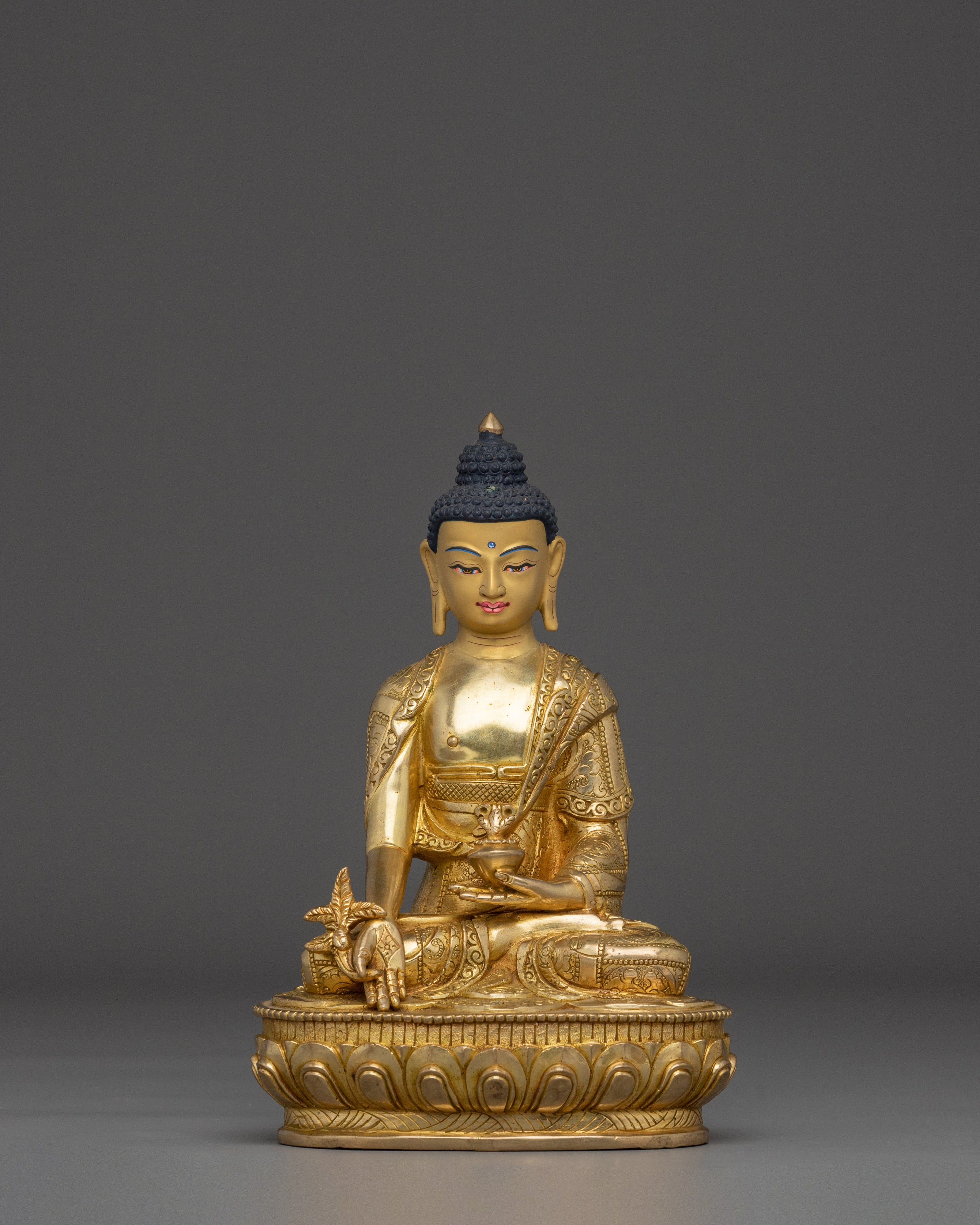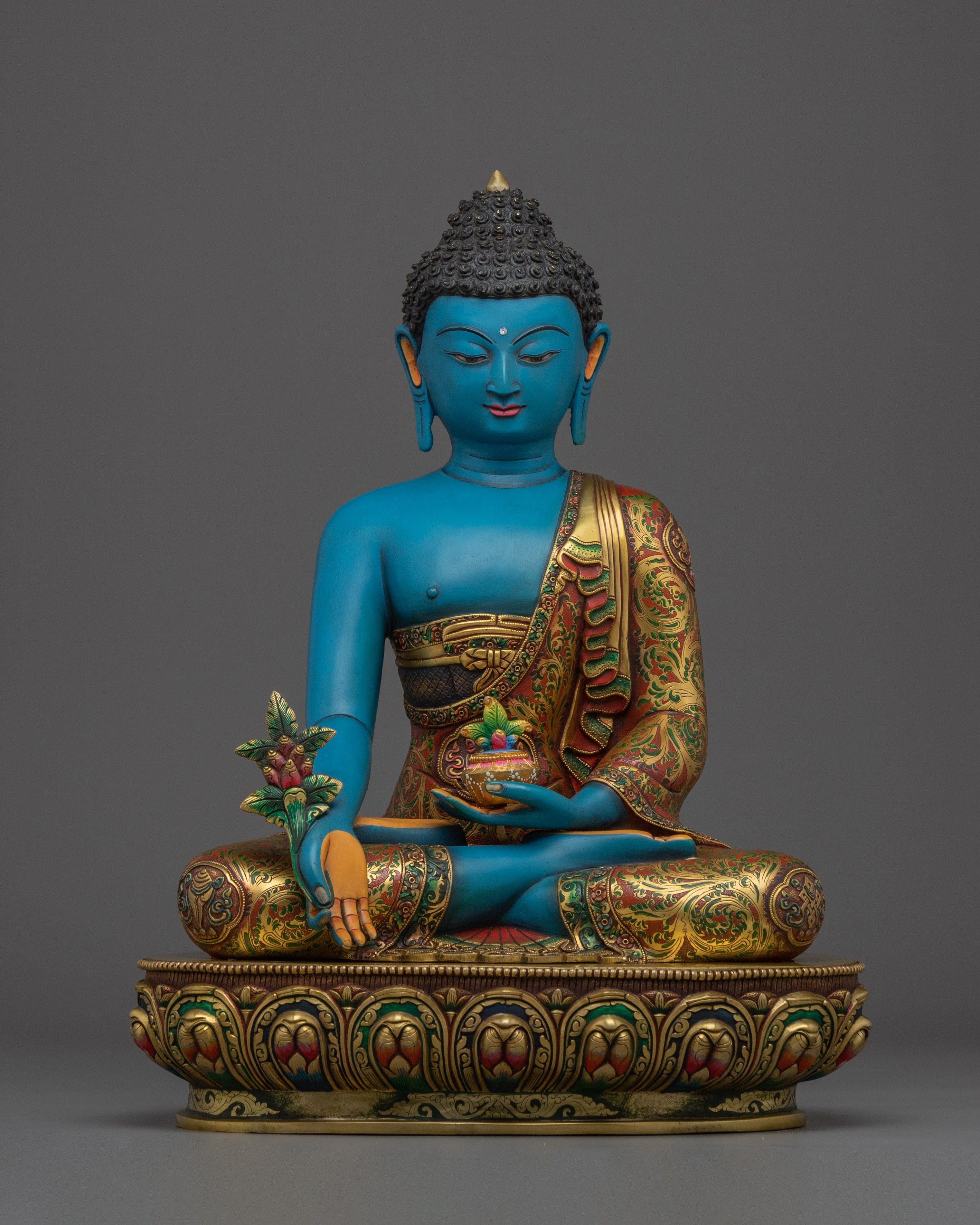Medicine Buddha Statue Collection
346 products
Showing 1 - 24 of 346 products

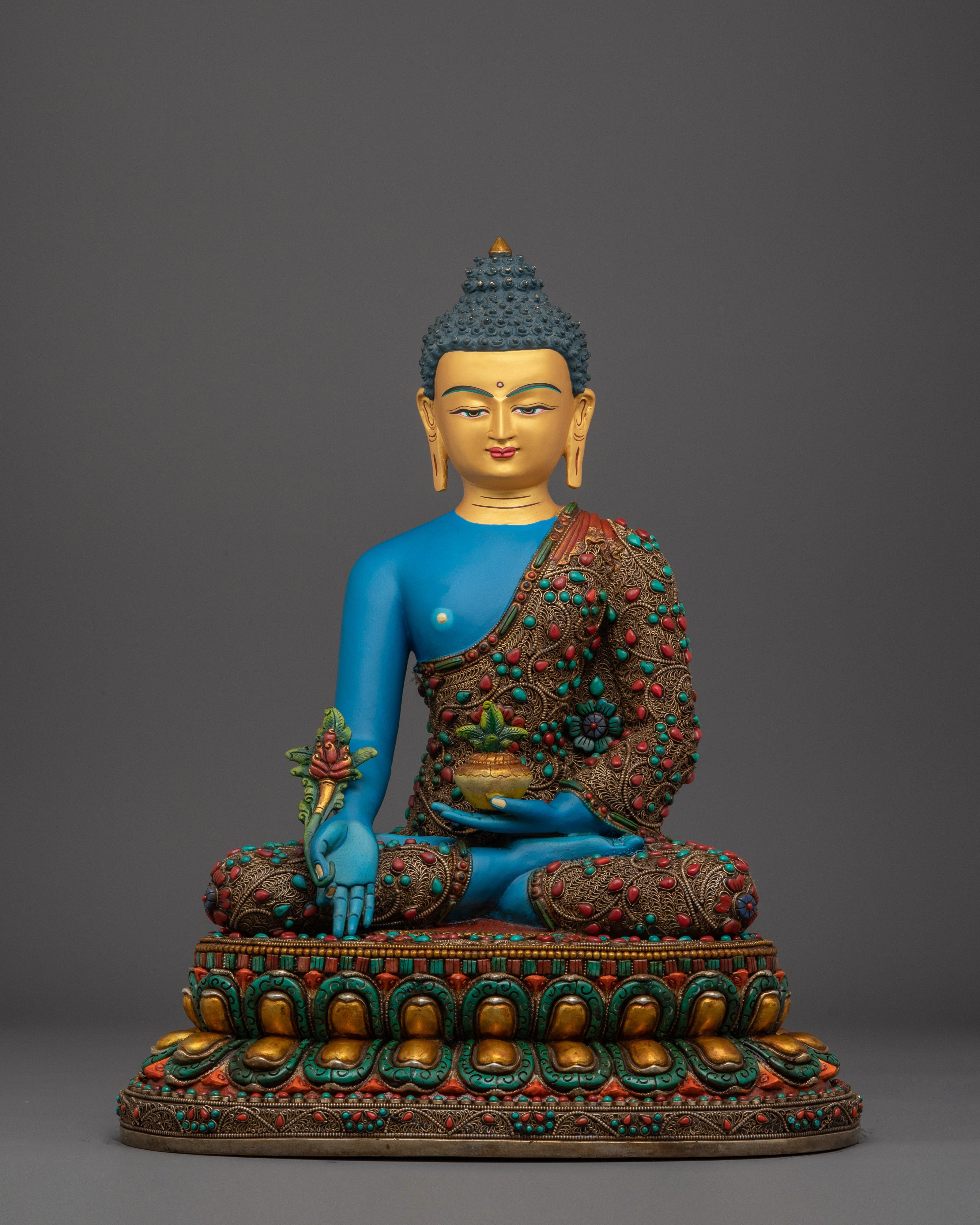

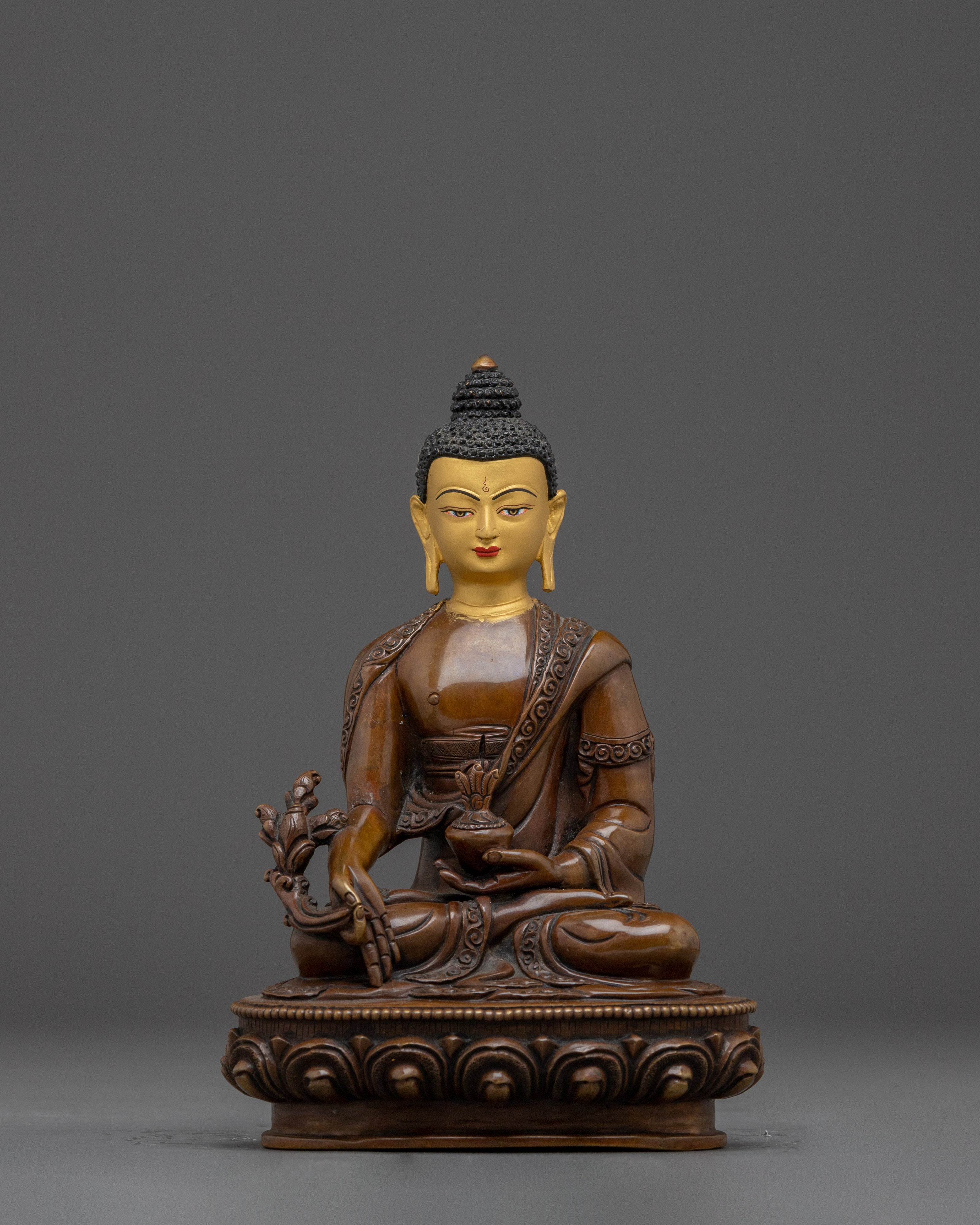

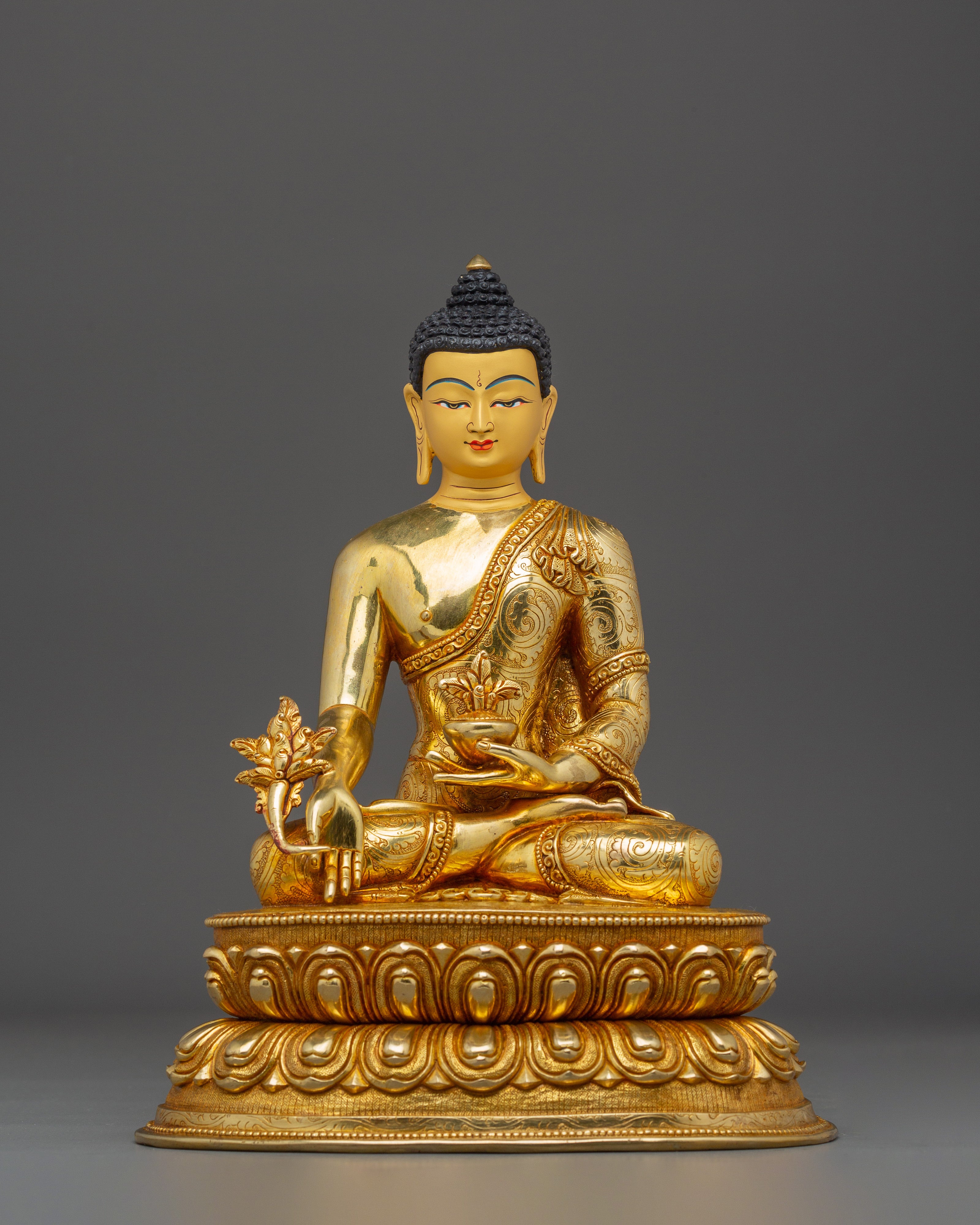

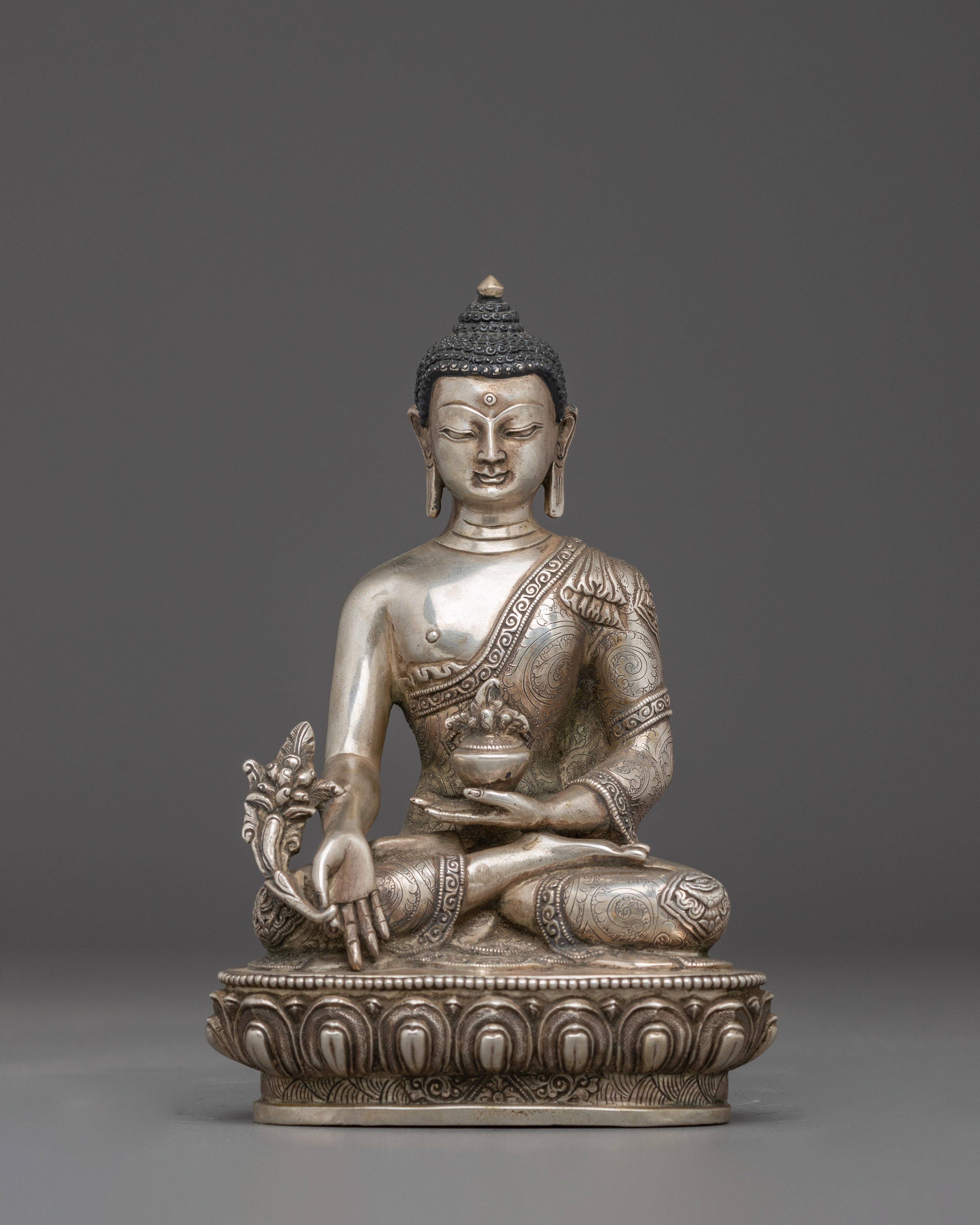

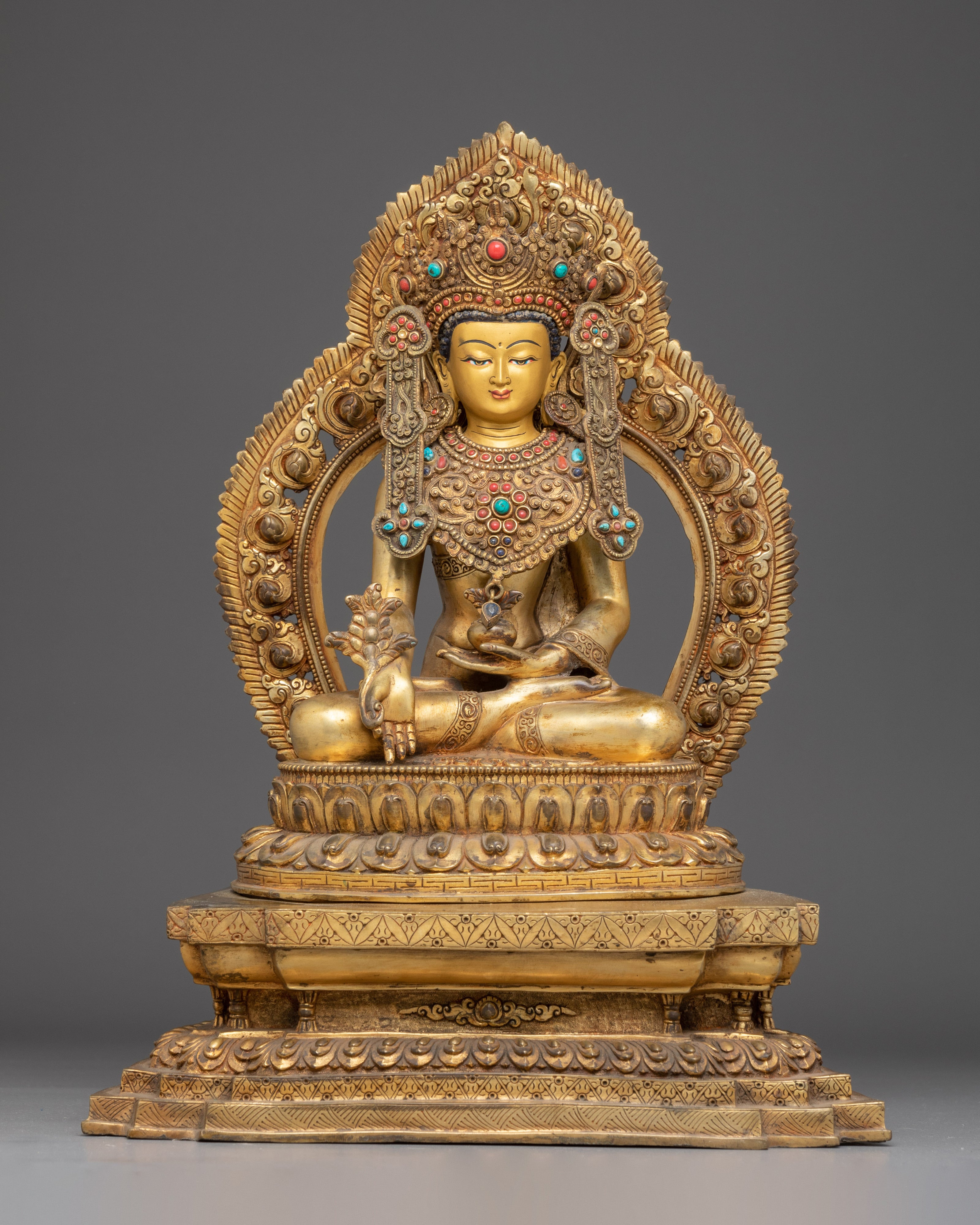

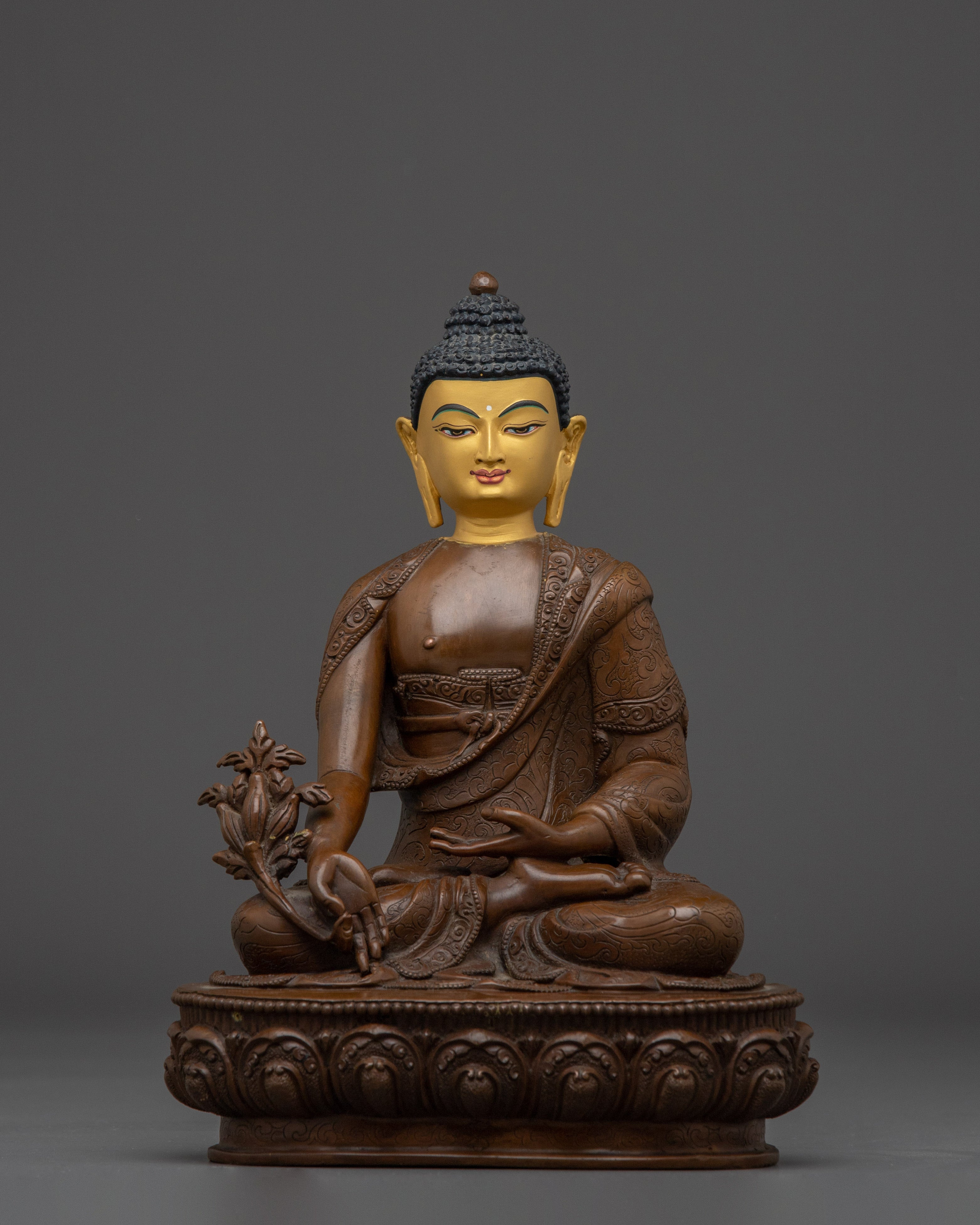

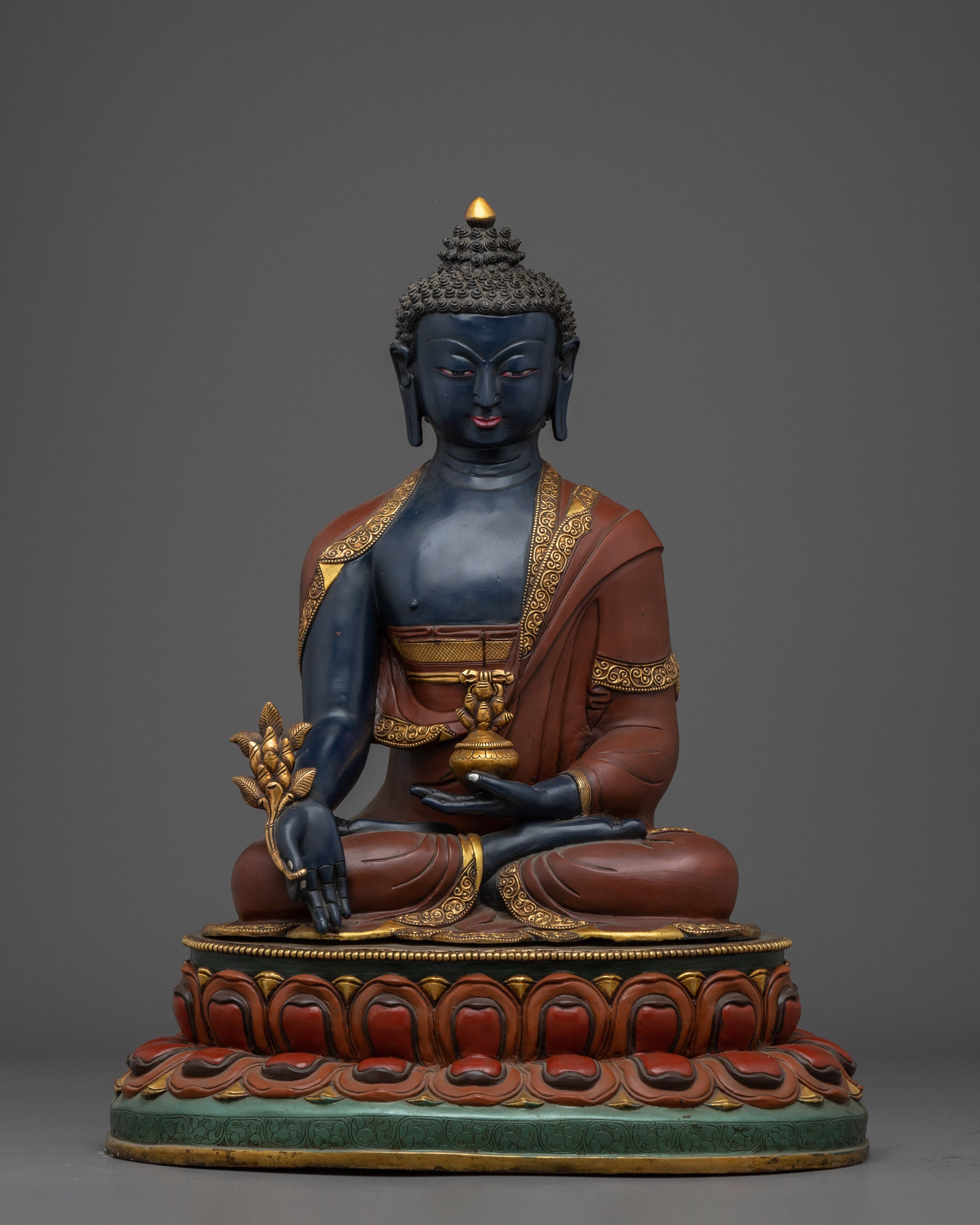

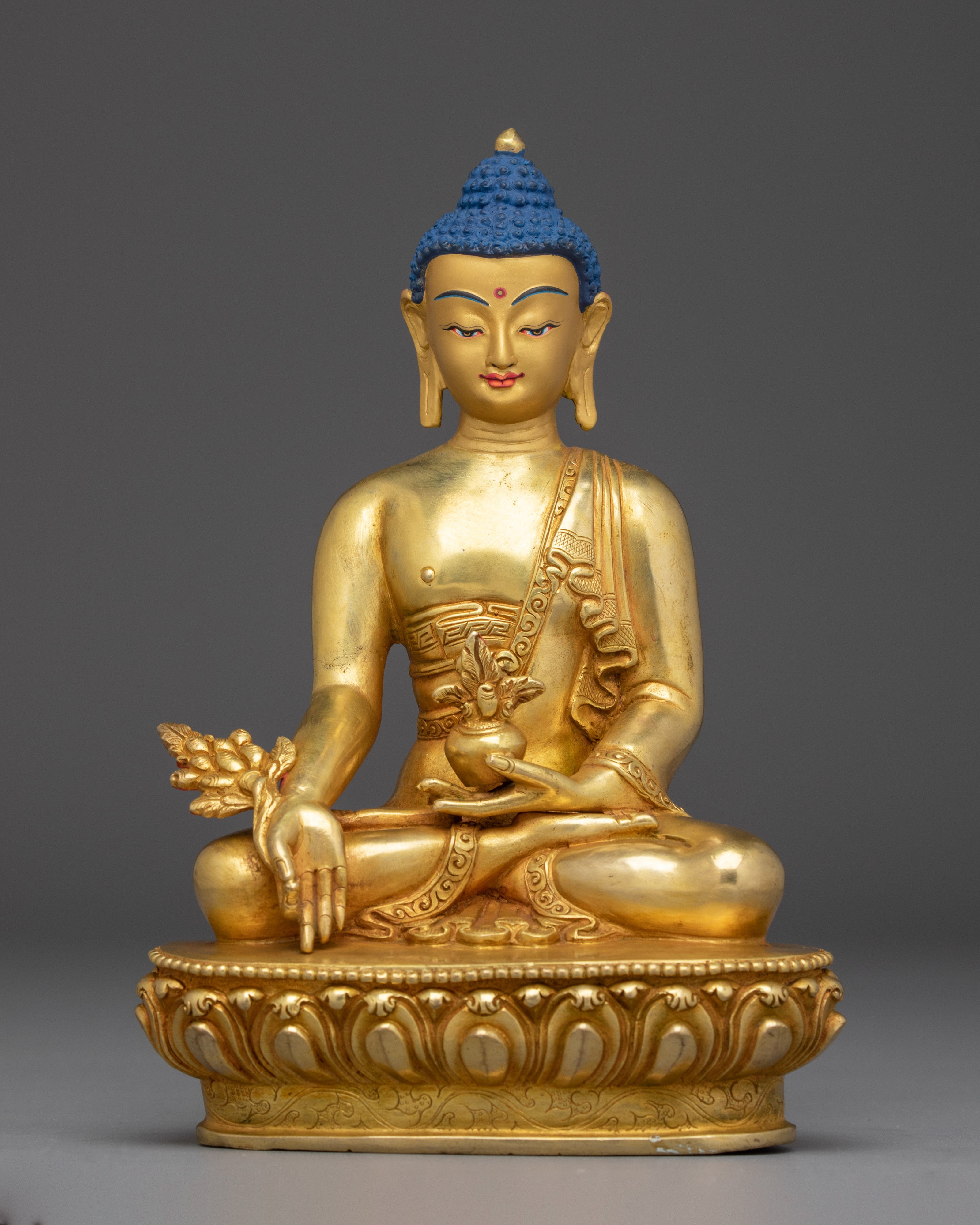

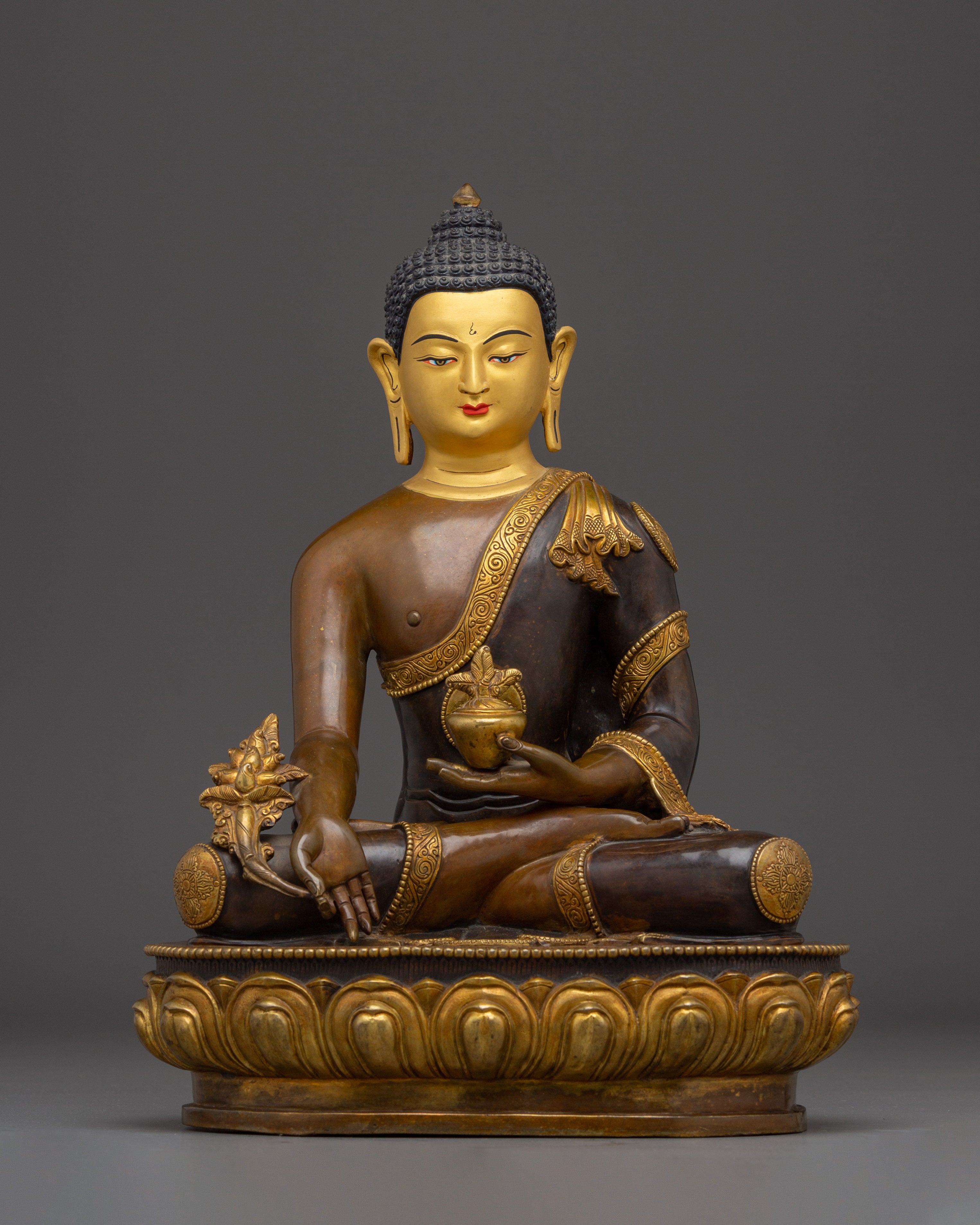

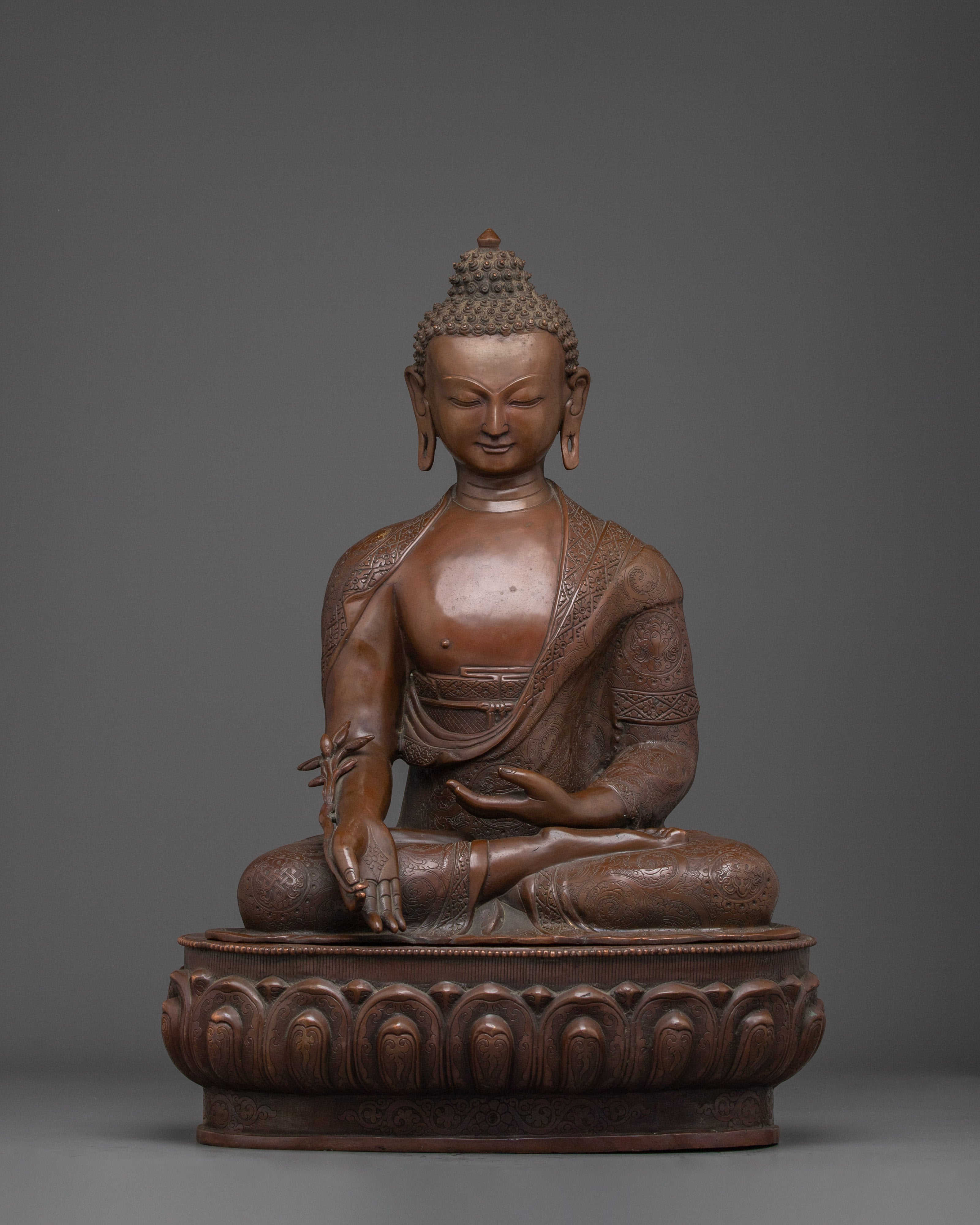
Discover the transformative power of healing with our exquisite collection of Medicine Buddha statues, crafted to embody the compassionate essence of Bhaisajyaguru, the Buddha of Healing and Medicine. Each statue is a sacred symbol of health, longevity, and spiritual well-being.
Who Is Medicine Buddha?
Medicine Buddha, known as Bhaisajyaguru, is revered across Buddhist traditions as the embodiment of healing energy, both physical and spiritual. His blue body symbolizes the healing nectar of the Vajra essence, and his blessings are sought to cure illness, purify karma, and promote peace and longevity.
Our Medicine Buddha Statue Collection – Authentic and Handcrafted Artistry
-
Traditional Craftsmanship: Each Medicine Buddha statue is hand-carved or hand-cast by skilled artisans using traditional Himalayan techniques.
-
Accurate Iconography: Featuring the characteristic blue body, right hand holding the healing myrobalan plant, and left hand holding a medicine bowl.
-
Diverse Sizes and Materials: From small statues perfect for personal altars to larger altar pieces, crafted in bronze, brass, resin, or copper.
-
Gold-Plated and Natural Finishes: Choose between statues with radiant gold plating for a majestic look or natural metal finishes for subtlety.
Why Keep a Medicine Buddha Statue on Your Altar?
-
Healing and Health: Invoke the Medicine Buddha’s blessings to aid in recovery from illness and maintain wellness.
-
Spiritual Purification: His presence helps purify negative karma and remove obstacles on the spiritual path.
-
Calm and Compassion: Inspires practitioners to cultivate healing compassion for self and others.
-
Longevity and Peace: Symbolizes the wish for long life and harmony in one’s environment.
Why Choose Our Medicine Buddha Statues?
-
Authenticity and Accuracy: Handcrafted with adherence to classical Buddhist iconography.
-
Superior Quality Materials: Durable and beautiful statues made to last generations.
-
Wide Range: Various sizes and styles to suit any altar or space.
-
Free International Shipping: We offer free insured worldwide shipping on all orders.
-
Customer Satisfaction: Dedicated support to help you select the perfect statue.
Explore Our Medicine Buddha Statue Collection Today
Invite the healing power and compassionate blessings of the Medicine Buddha into your practice and life. Browse our authentic, handcrafted statues and find your perfect spiritual companion.

